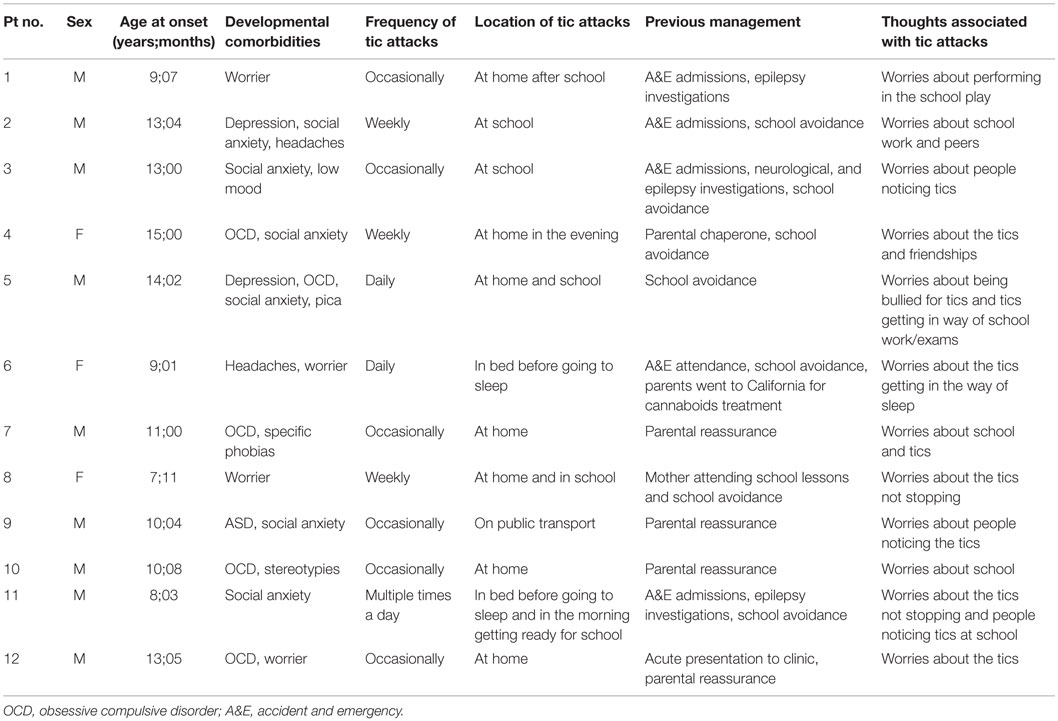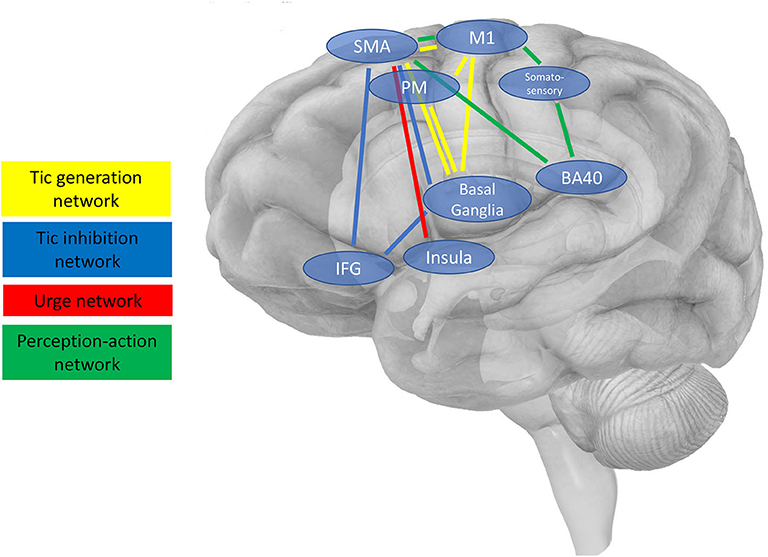Tourette Syndrome, often abbreviated as TS, is a neurological disorder characterized by repetitive, involuntary movements and vocalizations known as tics. This condition affects individuals of all ages but typically begins in childhood. While Tourette Syndrome is not life-threatening, it can significantly impact the quality of life for those who live with it. In this article, we will explore what tics are, delve into the potential causes of this condition, and discuss strategies for managing its symptoms.

What Are Tics?
Tics are sudden, repetitive, and non-rhythmic movements or sounds that occur involuntarily. These actions are the hallmark of Tourette Syndrome and can vary widely in type, frequency, and severity. Tics are generally categorized into two main types: motor tics and vocal tics.
Motor Tics
- Simple Motor Tics: These involve brief, repetitive movements such as eye blinking, facial grimacing, shoulder shrugging, or head jerking.
- Complex Motor Tics: These involve more coordinated and distinct movements, such as jumping, touching objects, or mimicking another person’s actions.
Vocal Tics
- Simple Vocal Tics: These include sounds like throat clearing, sniffing, grunting, or coughing.
- Complex Vocal Tics: These may involve saying words or phrases out of context, repeating one’s own words (a phenomenon known as echolalia), or even uttering socially inappropriate words, which is referred to as coprolalia.
It is important to note that while coprolalia is often associated with Tourette Syndrome in popular culture, it is actually quite rare, occurring in only about ten to fifteen percent of individuals with the condition.
Causes of Tourette Syndrome
The exact cause of Tourette Syndrome remains unknown, but research suggests that it is likely the result of a combination of genetic and environmental factors. Below are some of the key areas of study that have shed light on the origins of this condition.
Genetic Factors
Evidence strongly suggests that Tourette Syndrome has a hereditary component. Many individuals with the condition have family members who also exhibit tics or related disorders. Studies have identified specific genes that may play a role in the development of Tourette Syndrome, although no single “Tourette gene” has been discovered. Instead, it appears that multiple genes interact in complex ways to increase susceptibility to the disorder.
Neurological Factors
Research indicates that abnormalities in certain areas of the brain may contribute to the development of tics. The basal ganglia, a group of structures deep within the brain that help regulate movement and behavior, are thought to be particularly involved. Dysfunction in the circuits connecting the basal ganglia to other parts of the brain may disrupt the normal control of movement and lead to the involuntary actions seen in Tourette Syndrome.
Environmental Influences
While genetics and neurology play significant roles, environmental factors may also influence the onset and severity of Tourette Syndrome. For example, complications during pregnancy or childbirth, exposure to certain infections, and high levels of stress have all been proposed as potential contributors. However, these factors are not universally present in all cases, and their exact impact remains unclear.
Diagnosing Tourette Syndrome
Diagnosing Tourette Syndrome can be challenging because there is no specific test to confirm its presence. Instead, healthcare professionals rely on a thorough evaluation of symptoms and medical history. To meet the criteria for a diagnosis, an individual must exhibit both motor and vocal tics for at least one year, with no period longer than three months during which the tics are absent. Additionally, the onset of symptoms must occur before the age of eighteen.
Because Tourette Syndrome often coexists with other conditions, such as attention deficit hyperactivity disorder or obsessive-compulsive disorder, a comprehensive assessment is essential to ensure accurate diagnosis and appropriate treatment planning.
Managing Tourette Syndrome
While there is currently no cure for Tourette Syndrome, various strategies can help manage its symptoms and improve the quality of life for those affected. These approaches range from behavioral therapies to medication and lifestyle adjustments.
Behavioral Therapies
Behavioral interventions are often the first line of treatment for individuals with Tourette Syndrome. Two commonly used techniques include:
- Habit Reversal Training: This therapy helps individuals become more aware of their tics and teaches them alternative responses to reduce or replace the unwanted movements or sounds.
- Comprehensive Behavioral Intervention for Tics: This approach combines habit reversal training with other strategies, such as relaxation techniques and education about the condition, to address the broader impact of tics on daily life.
Medication
In cases where tics are severe and interfere significantly with daily functioning, medication may be prescribed. Commonly used medications include:
- Antipsychotics: These drugs, originally developed to treat psychiatric conditions, can help reduce the frequency and intensity of tics.
- Alpha-Adrenergic Agonists: Medications like clonidine and guanfacine, typically used to treat high blood pressure, may also help manage tics in some individuals.
It is important to note that medications can have side effects, so they are usually reserved for cases where the benefits outweigh the risks.
Lifestyle Adjustments
Making certain changes to one’s environment and routine can also help minimize the impact of Tourette Syndrome. Some effective strategies include:
- Stress Management: Stress and anxiety can exacerbate tics, so learning techniques such as mindfulness, meditation, or yoga may be beneficial.
- Regular Exercise: Physical activity has been shown to improve overall well-being and may help reduce tic severity.
- Support Networks: Connecting with others who understand the challenges of living with Tourette Syndrome can provide emotional support and practical advice.
Educational Accommodations
For children and adolescents with Tourette Syndrome, accommodations in educational settings can make a significant difference. Teachers and school staff should be informed about the condition and trained to recognize how it may affect learning and social interactions. Possible accommodations include allowing extra time for assignments, providing a quiet space for breaks, or using assistive technology to support communication.
Coping with Social Challenges
Living with Tourette Syndrome can sometimes lead to feelings of isolation or embarrassment due to misunderstandings about the condition. Educating others about Tourette Syndrome and advocating for oneself can help foster acceptance and reduce stigma. Support groups, both in-person and online, offer valuable opportunities to connect with others who share similar experiences.
Ongoing Research and Future Directions
Researchers continue to investigate the underlying mechanisms of Tourette Syndrome in hopes of developing more targeted treatments. Advances in neuroimaging, genetics, and pharmacology hold promise for improving our understanding of the condition and expanding therapeutic options. Additionally, efforts to raise awareness and promote inclusivity are helping create a more supportive environment for individuals with Tourette Syndrome and their families.





